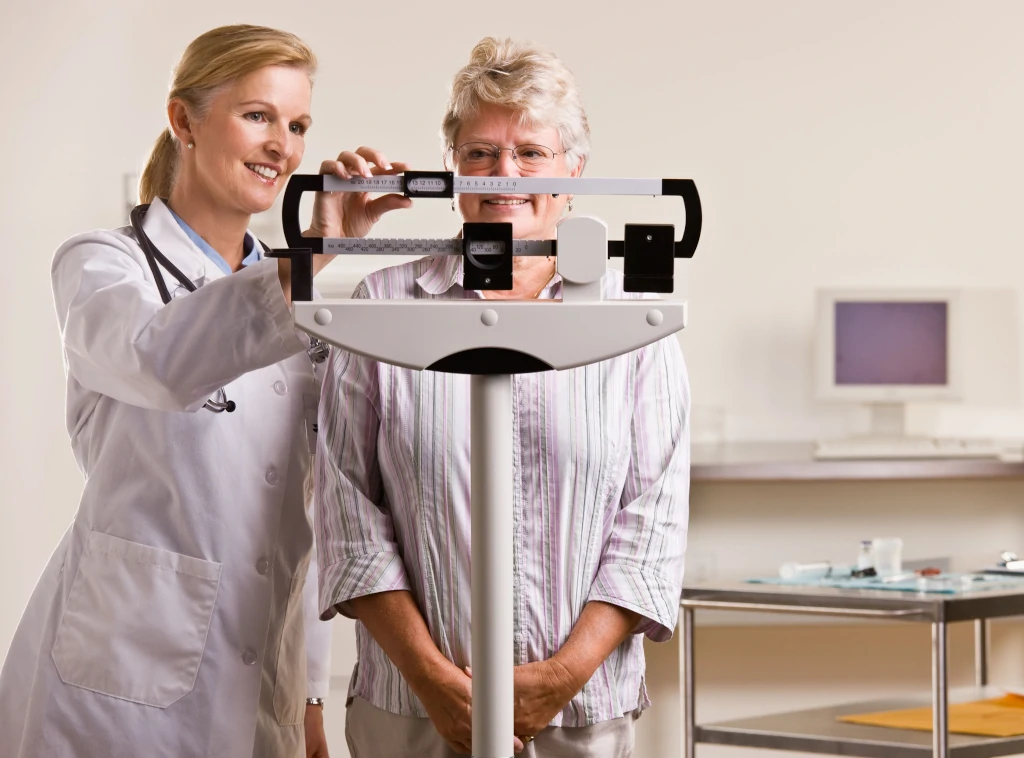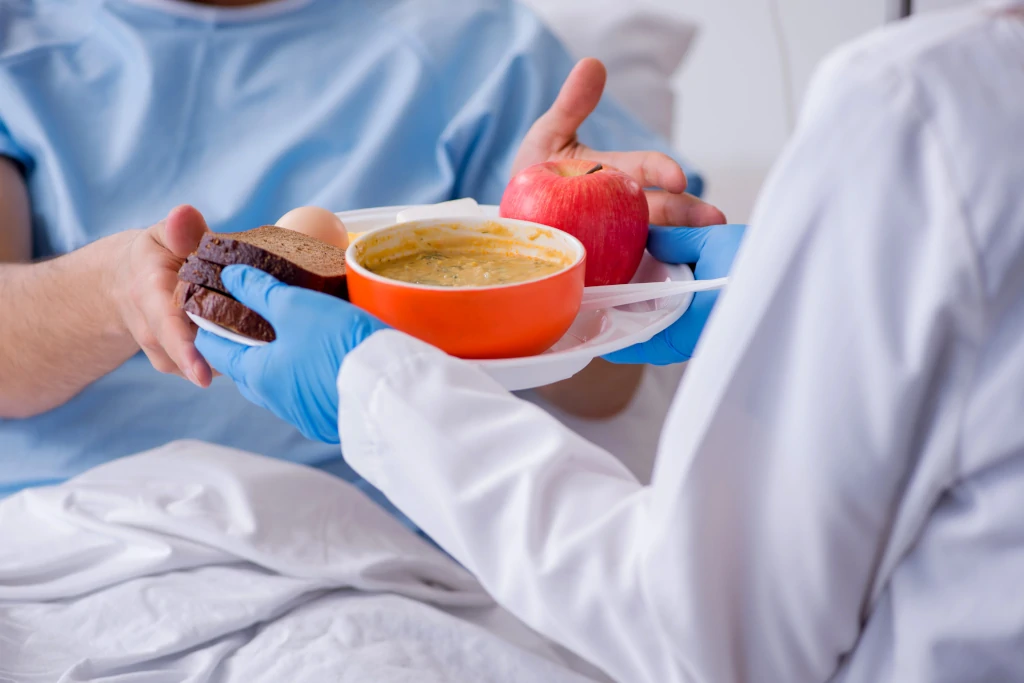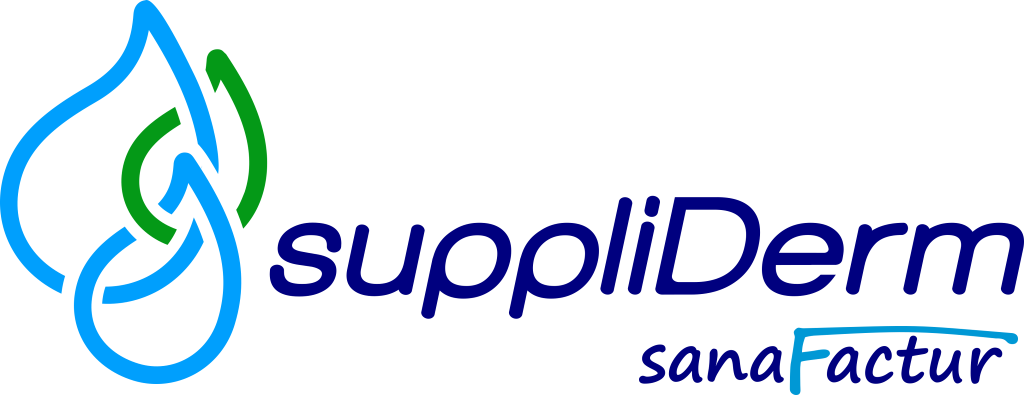
Please note that this calculator is based on published but empirically collected data or the extrapolation of measured values [1-9]. Therefore, the values only allow an estimation of the protein requirement or energy demand, as the etiology, living and nutritional situation differs for each person. The same applies to the wound situation of the affected person - the composition and amount of exudate play a role, as does the type of underlying wound, for example, whether it is a venous leg ulcer, a pressure ulcer or a burn wound.
Nevertheless, such an estimation can be helpful to better assess the nutritional situation of the affected person and, if necessary, to positively influence it. Simply enter the requested values in the form below. Select a risk factor and estimate severity/relevance for the affected person. By changing the risk factors, you can also quickly get an impression of the resulting and possibly relevant value range for the particular need.
Please click the 'Update calculation' button again after each change of values.
Estimated Protein Requirements
Weight is required to calculate protein requirements.Height is required to calculate protein requirements.
Please add the missing values and click again on the button "Update calculation".
Estimated Energy Requirements
Age is required to calculate the energy requirements.Gender is required to calculate the energy requirements.
Weight is required to calculate the energy requirements.
Height is required to calculate the energy requirements.

Data from a study on malnutrition in old age show that patients consume an average of 49 g (women) and 59 g (men) of protein per day [8]. This value is highly dependent on personal circumstances and lifestyle habits. There is an increased risk of protein deficiency the greater the difference between the ingested and estimated requirements.
Please note that before increasing protein intake in the case of certain medical conditions, such as nephrological or oncological diseases, it is essential to consult the attending physician. In these cases, an individual risk-benefit assessment should be carried out.
Literature
- Wild T, Rahbarnia A, Kellner M, Sobotka L, Eberlein T. Basics in nutrition and wound healing. Nutrition. 2010;26(9):862–866. doi:10.1016/j.nut.2010.05.008
- Molnar JA, Underdown MJ, Clark WA. Nutrition and Chronic Wounds. Adv Wound Care (New Rochelle). 2014;3(11):663–681. doi:10.1089/wound.2014.0530
- Dissemond J, Kröger K, Initiative Chronische Wunden (ICW) e.V., eds. Chronische Wunden: Diagnostik - Therapie - Versorgung. 1.th ed; 2020
- Harris CL, Fraser C. Malnutrition in the institutionalized elderly: the effects on wound healing. Ostomy Wound Manage. 2004;50(10):54–63
- 5. Russell L. The importance of patients' nutritional status in wound healing. Br J Nurs. 2001;10(6 Suppl):S42, S44-9. doi:10.12968/bjon.2001.10.Sup1.5336
- European Pressure Ulcer Advisory Panel, National Pressure Injury Advisory Panel, Pan Pacific Pressure Injury Alliance. Prevention and Treatment of Pressure Ulcers: Quick Reference Guide 2019.
- Weimann A, Breitenstein S, Breuer J, et al. S3-Leitlinie der Deutschen Gesellschaft für Ernährungsmedizin (DGEM) in Zusammenarbeit mit der GESKES, der AKE, der DGCH, der DGAI und der DGAV: Klinische Ernährung in der Chirurgie. Aktuel Ernahrungsmed. 2013;38(06):e155-e197. doi:10.1055/s-0033-1359887
- Heseker H, Stehle P. Ernährung älterer Menschen in stationären Einrichtungen. 2008:157–204. Ernährungsbericht 2008.
- Rollins CJ.: Basics of enteral and parenteral nutrition. In: Wollinsky, Williams eds Nutrition in pharmacy practice Washington DC American Pharmaceutical Assoc 2002


